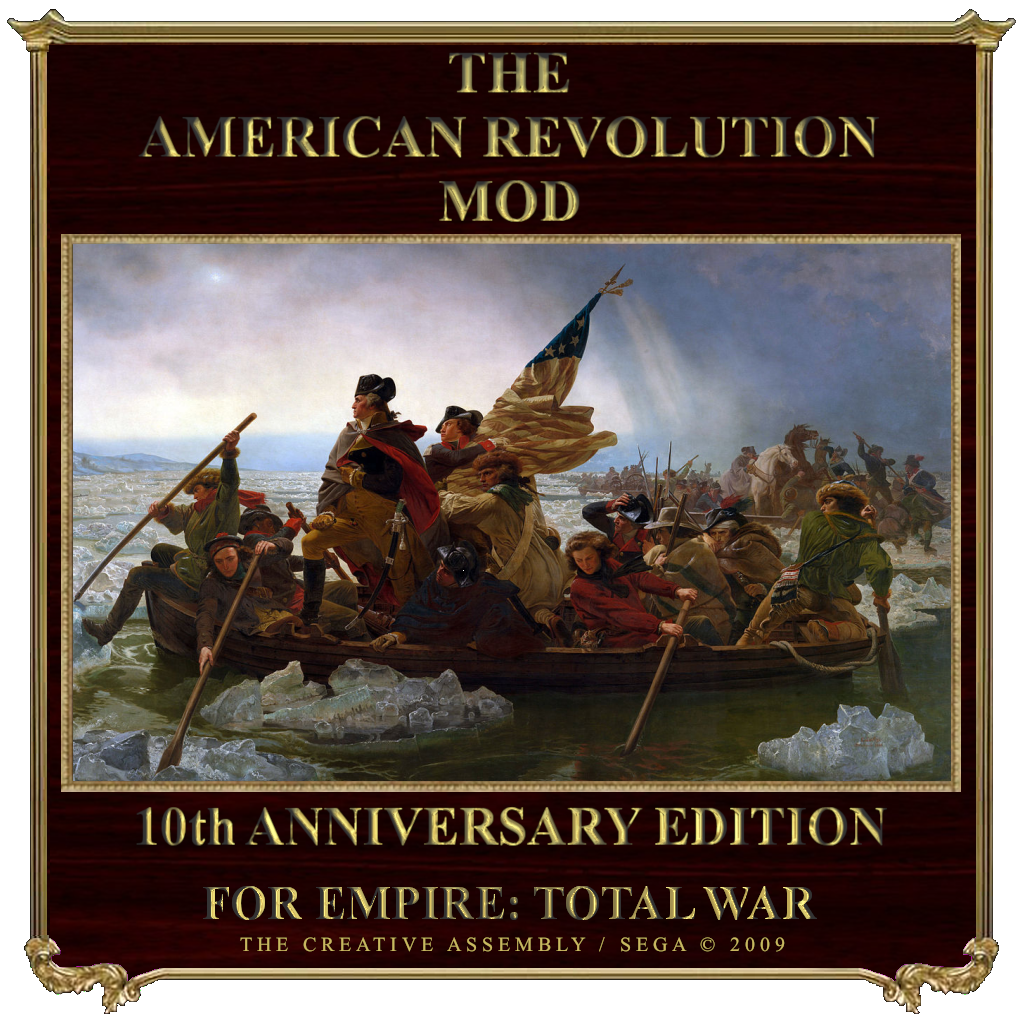
So, for example, using the information provided in this file we can tell that the settlement defined here is called north_european_village_A, uses the. Finally, the blue segment tells you what type of settlement it is. The green section tells you in what environment the settlement is found (forest, desert, etc). The yellow section tells you what culture uses the settlement. This defines what the settlement looks like. The orange segment is the location of the. This is the name that you will use in other text files to refer to it (it is rarely used). The red section is the internal name of the settlement. Confusing, huh? For clarity, I have divided the file into some sections: Note that there are two halves to the viewing window - the right half shows what the file would look like in notepad, the left half shows what the file looks like in hex (a series of letters and numbers instead of regular characters). Open up the north_european_village_a.worldpkgdesc file with the hex editor. Navigate to your Medieval II Total War/data/settlements/north_european/settlements/village folder to begin. This allows you to shuffle around settlements between different cultures. However, the most important type of file is the. In the Medieval II Total War/data/settlements folder, there are many different types of files. For this tutorial, you will need:Īnd an unpacked copy of Medieval II Total War.

Such files are easily editable, but can be very confusing at first. The way settlements look is defined by the files in the "settlements" folder. Proceed with caution, as this is not for beginners, and above all, MAKE BACKUPS! NOTE: The modding concepts introduced in this tutorial are very advanced.


 0 kommentar(er)
0 kommentar(er)
